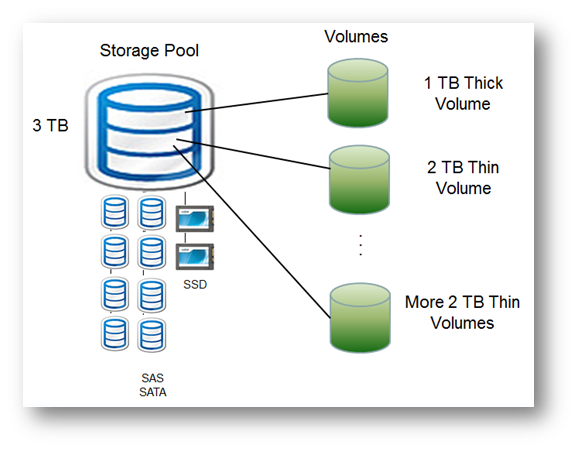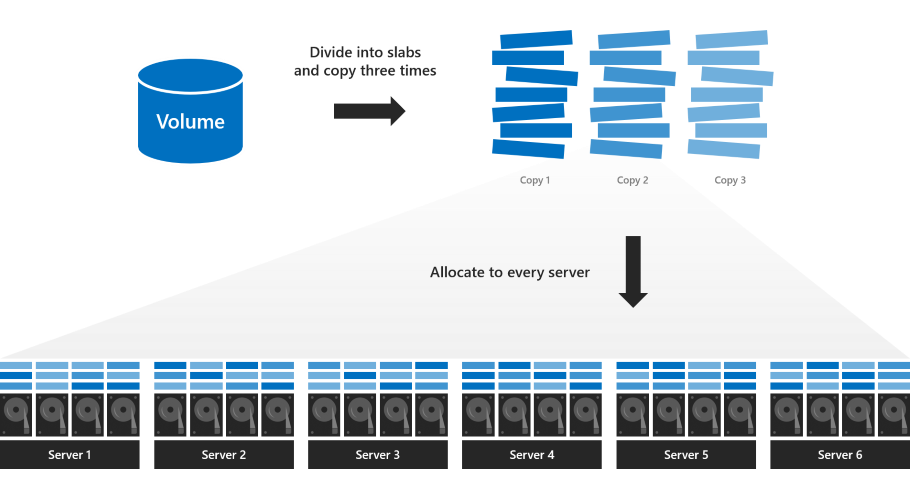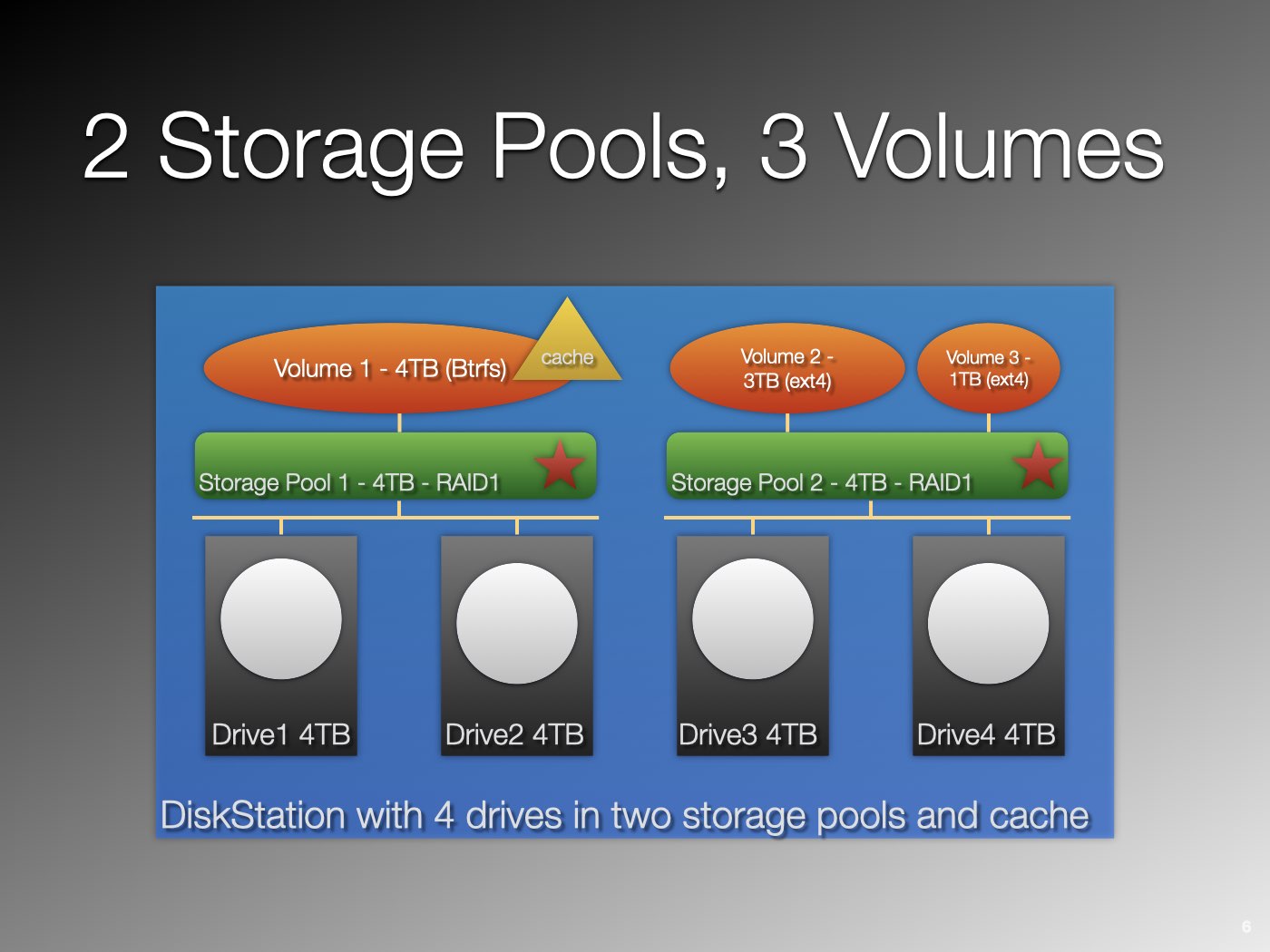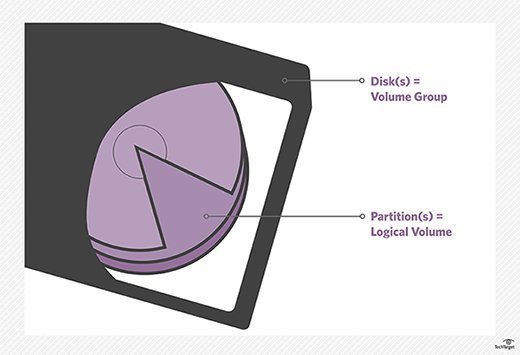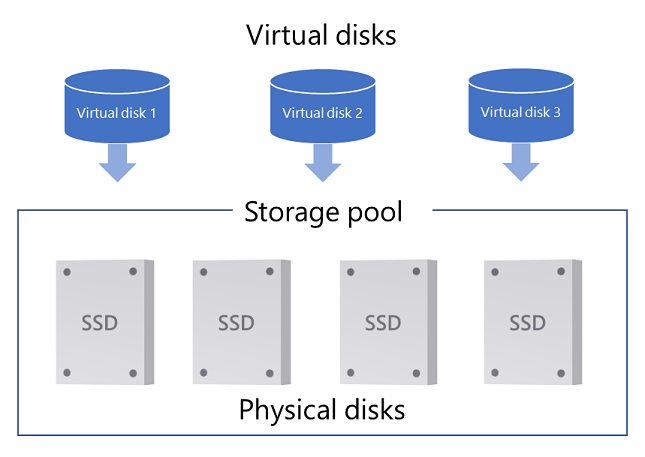What Is The Total Volume Of Both Storage Spaces

The sheer magnitude of data storage in the modern era is almost incomprehensible. From personal photos and videos to global financial transactions and scientific research, the digital universe expands exponentially, demanding ever-greater capacities. Understanding the total volume of data storage, specifically focusing on the combined capacity of physical storage spaces, is a challenging but crucial task for technologists, policymakers, and anyone seeking to grasp the scale of our digital footprint.
Quantifying the total volume of both available and utilized storage spaces globally—including everything from enterprise data centers to individual hard drives and cloud storage facilities—remains a highly complex undertaking. This article delves into the available data, expert opinions, and existing methodologies to provide a comprehensive overview of this massive scale. It explores the challenges of measurement, the various types of storage spaces contributing to the total, and the implications of this staggering volume for our digital future.
Defining the Scope: What Constitutes "Storage Space"?
Before attempting to quantify the total volume, it's essential to define what constitutes "storage space." This includes a diverse array of technologies and locations, spanning physical hard drives, solid-state drives (SSDs), tape libraries, network-attached storage (NAS) devices, and cloud-based storage infrastructure.
Each of these contribute significantly to the overall global storage capacity. Moreover, it's important to differentiate between available storage, which is the total installed capacity, and utilized storage, which is the amount of that capacity actually in use.
Challenges in Measurement and Data Collection
The primary obstacle to accurately calculating the total volume of storage spaces is the lack of comprehensive, centralized data. Information is scattered across numerous vendors, service providers, and individual users. Obtaining a complete picture requires extensive data aggregation and analysis.
Furthermore, the rapid evolution of storage technologies, such as advancements in density and efficiency, adds another layer of complexity. Estimates must account for these ongoing changes to remain relevant and accurate.
Another key challenge involves defining the geographical boundaries of storage. Data stored in the cloud may reside in multiple locations across the globe, making it difficult to pinpoint the physical location of specific datasets and thus contributing to difficulties in volume calculation.
Estimates and Projections from Research Firms
While a definitive figure remains elusive, several reputable research firms offer estimates and projections regarding the global storage landscape. International Data Corporation (IDC), for instance, provides regular reports on storage market trends and forecasts, often expressed in terms of exabytes (EB) and zettabytes (ZB).
These reports, while not providing an exact total, offer valuable insights into the growth rate and overall trends in data storage. According to recent reports, the global datasphere is projected to continue its rapid expansion, driven by factors such as increasing data generation from IoT devices, social media, and enterprise applications.
Other firms, such as Gartner, also publish research focusing on specific segments of the storage market, such as cloud storage and enterprise storage. By aggregating data from various sources and applying analytical models, these firms contribute to a more comprehensive understanding of the overall storage capacity.
“The exponential growth of data is outpacing our ability to store and manage it efficiently. This requires innovative solutions in storage technologies and data management strategies." - Industry Analyst, Gartner
The Role of Cloud Storage
Cloud storage has emerged as a dominant force in the storage landscape. Providers like Amazon Web Services (AWS), Microsoft Azure, and Google Cloud Platform (GCP) offer massive, scalable storage infrastructure accessible to individuals and organizations worldwide.
Quantifying the exact storage capacity of these cloud platforms is challenging due to their dynamic nature and proprietary data. However, it is clear that cloud storage represents a significant portion of the total global storage volume.
The flexibility and scalability of cloud storage have made it an attractive option for many organizations, leading to a continued shift away from traditional on-premises storage solutions. This trend is expected to accelerate in the coming years, further increasing the importance of cloud storage in the overall global storage landscape.
Data Centers: The Backbone of Storage
Data centers play a critical role in housing and managing vast amounts of data. These facilities, ranging from small server rooms to massive hyperscale data centers, provide the physical infrastructure needed to store and process data.
The total storage capacity of data centers globally is enormous, encompassing a wide range of storage technologies, including hard drives, SSDs, and tape libraries. The precise figure is difficult to determine due to the distributed nature of data centers and the proprietary nature of their configurations.
However, industry estimates suggest that data center storage capacity is growing rapidly, driven by the increasing demand for cloud services, big data analytics, and other data-intensive applications. The efficient utilization of data center space and energy is a growing concern, leading to the development of innovative storage solutions such as tiered storage and data compression techniques.
Individual and Personal Storage
While enterprise and cloud storage often take center stage, the contribution of individual and personal storage devices should not be overlooked. Personal computers, smartphones, external hard drives, and USB flash drives collectively represent a substantial volume of storage.
Although each individual device may have relatively limited capacity compared to enterprise-grade storage systems, the sheer number of these devices worldwide results in a significant cumulative storage volume. Estimating this figure accurately is challenging due to the diverse range of devices and the lack of centralized data.
The proliferation of smartphones with high-resolution cameras and the increasing popularity of video streaming have contributed to a steady increase in the amount of personal data stored on these devices. This trend is expected to continue, further expanding the total volume of individual and personal storage.
The Future of Storage: Trends and Projections
The global demand for storage is expected to continue its exponential growth trajectory in the coming years. Factors driving this growth include the increasing adoption of artificial intelligence (AI), the proliferation of Internet of Things (IoT) devices, and the continued expansion of cloud computing.
New storage technologies, such as DNA storage and holographic storage, are being developed to address the growing need for high-density, long-term storage solutions. These emerging technologies have the potential to revolutionize the storage landscape and significantly increase the total available storage capacity.
Furthermore, advancements in data compression and deduplication techniques are helping to improve storage efficiency, allowing organizations to store more data in the same amount of physical space. As the volume of data continues to grow, the development and adoption of these advanced storage technologies will be crucial for managing the increasing demands of the digital age.
In conclusion, while obtaining a definitive, precise figure for the total volume of both storage spaces remains an ongoing challenge, the available data and expert opinions paint a clear picture of a landscape characterized by exponential growth and constant evolution. The combined capacity is undoubtedly measured in the zettabytes and continues to climb, driven by technological advancements, increasing data generation, and the widespread adoption of cloud storage. Understanding the scale and dynamics of this vast storage ecosystem is essential for navigating the opportunities and challenges of our increasingly data-driven world.




